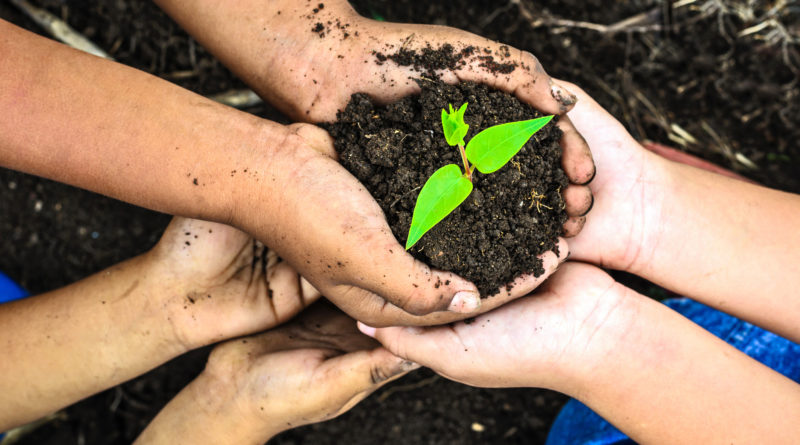Earth Day Chose An Extremely Relevant 2019 Theme
1,558 total views, 1 views today
Nearly 50 years ago, the debut Earth Day rapidly accelerated the growth of the burgeoning environmental movement, which had been gradually gaining momentum following the 1962 publishing of Rachel Carson’s game-changing environmental science book Silent Spring. On that fateful 1970 day, 20 million people all over the U.S. took part in activities that cemented April 22nd as a vital annual celebration and sociopolitical moment for the foreseeable future. This unexpected wave of activities happened before the extent of humanity’s catastrophic impacts on the environment were even documented.
In the present, pretty much everyone is aware of the seemingly infinite looming environmental apocalypses set to wreak havoc on all living creatures (some are already happening). In fact, one billion people across nearly 200 countries now take part in Earth Day every year. Given the surge in participation and the shared knowledge of the planet’s numerous impending disasters, Earth Day 2019 thus comes with the theme of “Protect Our Species,” a slogan as brief as it is all-encompassing.
In just three words, the Earth Day 2019 slogan acknowledges the dangers into which humanity has placed the balance of all life on Earth and mandates that people around the world fight against growing rates of species extinction. Currently, the earth is facing its highest rate of extinction since the dinosaurs entirely died over 60 million years ago, which is only 1.3% of the Earth’s lifetime ago. Such strong changes in such a relatively brief timespan are, to most environmental scientists, a major cause for alarm.
Most environmental scientists also won’t hesitate to blame human activity for today’s massive extinction rates, even though climate change denial is still prevalent in policymaking circles. The Earth Day Network even explicitly states climate change among the many human causes of high extinction rates, alongside trafficking and poaching, deforestation, habitat loss, pesticides, pollution, and unsustainable agriculture. The network also names some of the species threatened by these human systems: whales, giraffes, elephants, coral reefs, bees, and tons of insects.
Despite the doom that Earth Day Network’s statement spells for life on Earth, the network is quick to point out that lifesaving actions can be taken. Declining populations can begin to recover through achieving policy victories, launching education initiatives, adhering to plant-based diets, and curbing the use of pesticides and herbicides.
Furthermore, Earth Day exists to remind people that everyday actions can actually make a difference in bettering eco-friendly causes, and its message is certainly being heard. Across the world, two in every three consumers is willing to pay more for sustainable goods (that rate increases to nearly three in four if only millennials are surveyed). These days, in the face of controversies over single-use plastics, the term “sustainable goods” is more and more frequently associated with any packaging that eliminates plastics, which are growing more and more problematic by the day.
The Earth Day Network offers two fact sheets about global extinction rates. Any proper celebration of Earth Day, given this year’s theme, is incomplete without reading these.

